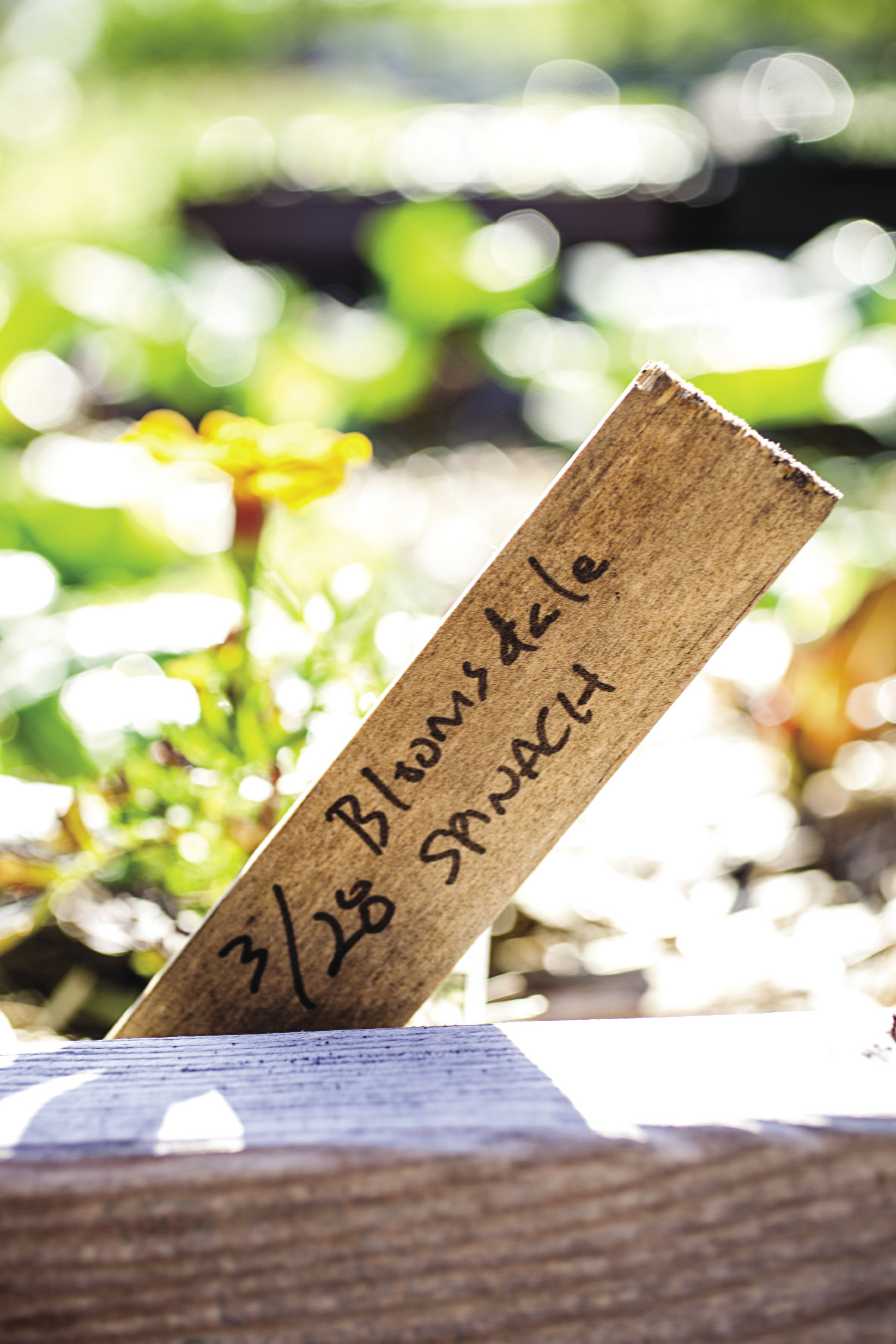A Colonial farmhouse stands in East Flatbush, and it smells like jerk chicken.
Tucked between the aromatic Footprints Caribbean Café and the American Best Car Wash is an out-of-place verdant hollow with a small wooden structure, a thriving garden and a very long legacy. This isn’t some installation art or hipster ode to urban food justice. It’s a bona fide historic farmhouse that was built in 1652, making it the oldest building in New York State.
Formally known as the Pieter Claesen Wyckoff House, it was built when Dutch and German tenant farmers such as Claesen were establishing the town of Nieuw Amersfoort, later known as the Flatlands section of Brooklyn. For nearly 250 years the Wyckoff family farmed their immigrant ancestor’s 300 acres here, harvesting grains to take to Manhattan markets by ferry. They were not alone: right up through the 19th century, Brooklyn was fertile farm country—and not of the rooftop kind.
The Brooklyn Bridge and Long Island Rail Road spurred the area’s original gentrification, but Flatlands took longer to be urbanized, as Joshua Van Kirk, the director of the Wyckoff House Museum explains: Brooklyn’s south shore didn’t get a street grid until the 1920s, when it became a Levittown-like suburb. These homes, occupied by waves of immigrants from Greece, Italy, Eastern Europe and, most recently, the West Indies, today share their streets with factories, bus depots and the old LIRR tracks. Forget ferries: the neighborhood is now served by the B8 bus (take the B, Q, 2 or 5 trains to connect). There’s little left that looks like New Amsterdam, and even less that looks like agriculture: the Ba-Tampte Pickle plant at the nearby Brooklyn Terminal Market doesn’t count.
But the Wyckoff House still stands. The land might have become an auto parts dealership but because Wyckoff descendants donated it to the city for use as a historic house museum and city park, it remains home to shade trees, garden beds, a sunflower maze and a well-loved fire pit in the farmhouse’s spacious front yard. Under the house’s flared eaves you’ll find a memorial herb garden instead of a sidewalk; if you’re lucky, you’ll also find Sylvia, the farmhouse’s resident cat, sunning herself on the path of crushed clamshells. Are we even still in Brooklyn?
A resounding “Yes,” says Jason Gaspar, Wyckoff’s full-time gardener and creator of the museum’s many education programs for children and families, including the Breukelen Farmers Summer Camp, and the annual Breukelen County Fair, a fall celebration of crafts, music and hand-pressed cider. “Brooklyn is an ecosystem,” Gaspar insists, “at the same time that it is a dense urban space,” and the Wyckoff Farmhouse is in a unique situation to showcase that ecosystem. To this end, he has planted several gardens that illustrate the borough’s Native American and Colonial past, including a “weed garden,” featuring plants widely reviled by gardeners: chickweed, mullein, narrow and broadleaf plantain (also called White Man’s Foot), wild onions and burdock.
“People put poison on non-native plants now,” Gaspar says, “but some of these ‘weeds’ were used to heal wounds. It’s our job to recontextualize them and share their stories.”
A demonstration garden features many heirloom vegetables (and one actual heirloom, a hearty gooseberry bush of unknown age). The only fertilizer is compost, and for pest repellent, Gaspar relies on cayenne pepper (squirrels hate it), homegrown basil (which he shares with the Footprints Café) and the beneficial insects that return to the corner of Clarendon and Ralph every spring. “Ladybugs know they have a home here,” he says with evident pleasure, pointing out that what New Yorkers fetishize as organic farming was once just plain farming.
Children who attend the Breukelen Farmers Summer Camp grow tomatoes, sunflowers and corn, including one ancient variety, Lenape Blue Flour, which likely predates even Pieter Claesen himself. Young gardeners are fascinated by the heirloom yellow cucumbers, while a nearby bodega surprises its customers with farmhouse-grown lettuces and tomatoes on their sandwiches each summer. The neighborhood block association also has a garden plot here, as does Sustainable Flatbush, which is adding a hydroponic system to its beds this summer with the help of Boswyck Farm.
One of this summer’s projects is a “dye garden,” featuring plants used to color cloth, such as Coreopsis tinctoria (mahogany red), indigo, dyer’s woad (blue), Hopi Black Dye sunflower (purple) and the evocatively named Our Lady’s Bedstraw (yellow and red). The garden brings ancient practices to life for 21st-century visitors, but it also serves as a reminder of the neighborhood’s more recent—and more toxic—past, when the Beckers Aniline and Chemical Works plant was across the street, the sole manufacturer of the synthetic Chrome B Blue dye for American sailors’ uniforms during World War I.
The plant’s runoff helped kill the oyster population in Jamaica Bay—bivalves whose ancestors the Wyckoff family once feasted on. Beckers Aniline has long since shuttered, its headquarters now home to a branch of National Grid, but the little farmhouse it once dwarfed remains, its renewed vibrance a testament to sustainability of a different kind.
Photo credit: Emily Dryden



